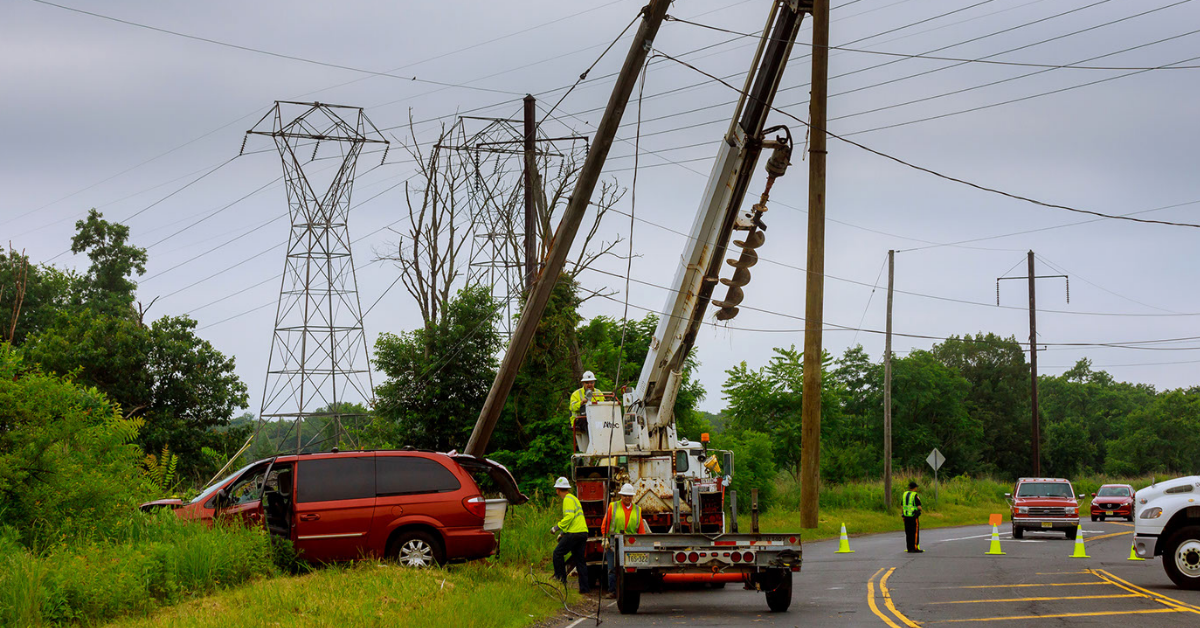Helping Others Means Safety First

Good Samaritans are characterized as people who have the desire to help those in need. Knowing how best to help in an emergency situation can make the difference between life and death — for the victim and the Good Samaritan as well.
Electricity can be an unforeseen hazard, particularly when overhead power lines have fallen and made contact with vehicles, the ground, or anything that conducts electricity. The wire does not have to be sparking or arcing to be live. Therefore, always assume the power line is energized, and never touch or approach it.
If you come upon an accident scene involving a vehicle and downed lines, stay back and warn others to stay away. Make sure the occupants of the car stay inside the vehicle until the utility has de-energized the lines.
In a rare circumstance, the vehicle may catch fire. The only way the occupants can safely exit is to jump free and clear without touching the vehicle and ground at the same time. Advise them to jump and land with feet together, and then hop away to safety.
If you encounter any other accident situation in which you believe someone is in contact with electricity or has just suffered an electrical shock, here are some additional tips:
- Look first. Do NOT touch. The person may still be in contact with the electrical source and be energized. If there are others nearby, make sure they do not touch the person either.
- Call, or have someone nearby call, 911 and the electric utility.
- Turn off the source of electricity — if known and if safely possible (i.e., circuit breaker or box). If you are not sure, wait for help from the emergency responders.
- Only once the source of electricity is OFF, check for signs of circulation (breathing, coughing, or movement). Provide any necessary first aid.
- Prevent shock. Lay the person down and, if possible, position the head slightly lower than the trunk of the body with the legs elevated.
- Do not move a person with an electrical injury unless the person is in immediate danger.
Anyone who has come into contact with electricity should see a doctor to check for internal injuries, even if he or she has no obvious signs or symptoms.
Remember, safety first. To learn more about electrical safety, visit SafeElectricity.org.